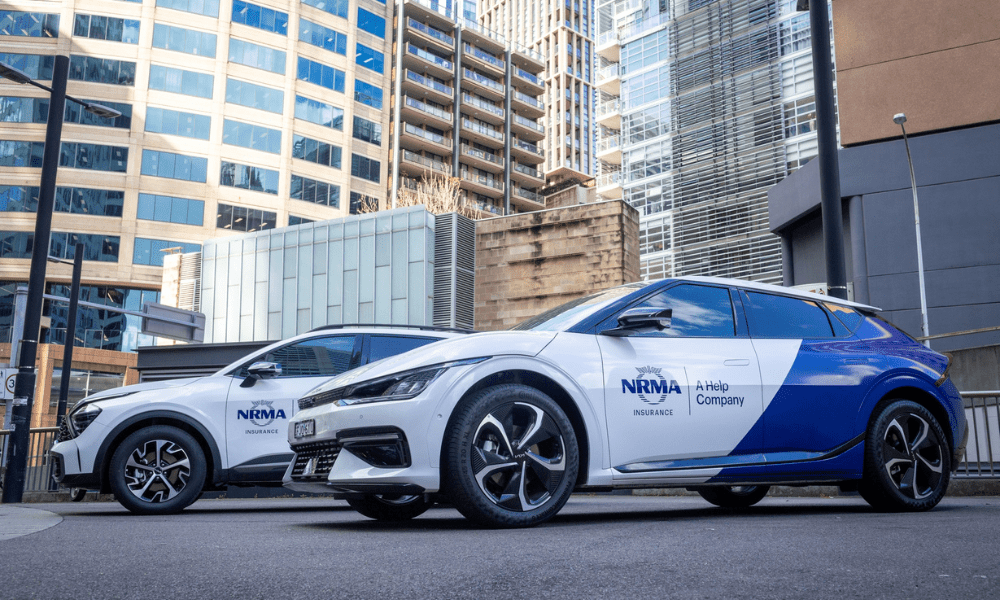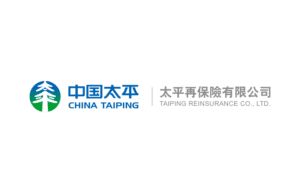IAG accelerates fleet electrification as global EV insurance market surges

IAG accelerates fleet electrification as global EV insurance market surges | Insurance Business Australia
Environmental
IAG accelerates fleet electrification as global EV insurance market surges
Initiative spans company’s major brands
Environmental
By
Roxanne Libatique
Insurance Australia Group (IAG) has revealed plans to shift its entire tool-of-trade fleet to electric vehicles (EVs) and hybrid electric vehicles (HEVs) by the close of the 2030 fiscal year.
The transition will impact over 900 vehicles used across Australia and New Zealand, spanning the company’s major brands, including NRMA Insurance, CGU Insurance, AMI, and NZI.
This move is expected to cut scope 1 emissions by an average of 47% for each low-emission vehicle, compared to the current fleet, which predominantly uses internal combustion engines.
Global EV and HEV insurance market set to surge
According to a report by HTF Market Intelligence, the global EV and HEV insurance market is expected to expand at a compound annual growth rate (CAGR) of 16.88% by 2030.
The rising adoption of EVs and hybrids is driving demand for insurance products specifically tailored to address risks unique to these vehicles, such as the cost of battery replacement, the availability of charging infrastructure, and government incentives.
Why will IAG shift to EVs and HEVs?
The decision aligns with IAG’s long-term sustainability goals.
IAG managing director and CEO Nick Hawkins emphasised the need for the company to take action in response to the growing risks posed by climate change.
He added that transitioning to low-emission vehicles is a significant step toward the company’s commitment to becoming a net-zero insurer by 2050.
IAG to install electric vehicle charging stations
In line with this fleet transition, IAG plans to install electric vehicle charging stations in the homes of employees using EVs for business purposes.
This initiative follows a pilot program that evaluated the use of EVs in different environments, including urban and rural areas. The trial highlighted challenges such as limited access to charging infrastructure, which IAG is now addressing.
JET Charge, an Australian provider of EV infrastructure, will install and maintain the chargers for IAG’s fleet.
JET Charge CEO Tim Washington said that infrastructure is key to large-scale fleet electrification, and the partnership with IAG demonstrates how this can be achieved.
“We are delighted to have formed an agreement with IAG to provide domestic charging infrastructure for their fleet in Australia,” he said.
Kia Australia to supply electric and hybrid vehicles for IAG’s fleet
Kia has been selected to supply a range of electric and hybrid vehicles for IAG’s Australian fleet.
Damien Meredith, CEO of Kia Australia, expressed the company’s support for IAG’s sustainability objectives.
“As we pursue our own journey as a sustainable mobility solutions provider, we look forward to working with IAG to achieve our respective goals as their principal corporate fleet supplier,” he said.
So far, IAG has already introduced 110 low-emission vehicles into its Australian fleet. Meanwhile, its New Zealand operations began transitioning in 2021 and expect to complete the process by the end of 2024.
IAG’s Climate Action Plan
This fleet overhaul is part of IAG’s broader climate strategy, outlined in its recently launched “Climate Action Plan – Towards 2030.”
The plan focuses on achieving net-zero scope 1 and 2 emissions by 2030, using the 2024 fiscal year as a baseline. IAG also aims to reduce its upstream scope 3 emissions by 50% within the same timeframe.
lowering direct emissions
supporting the value chain’s transition to net-zero
collaborating with stakeholders to promote climate resilience
IAG will report on its progress in its annual sustainability updates.
Related Stories
Keep up with the latest news and events
Join our mailing list, it’s free!




